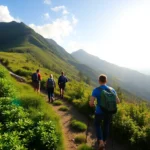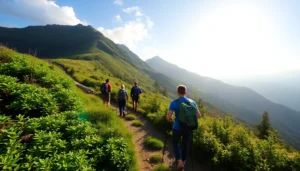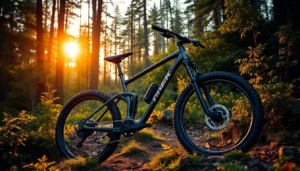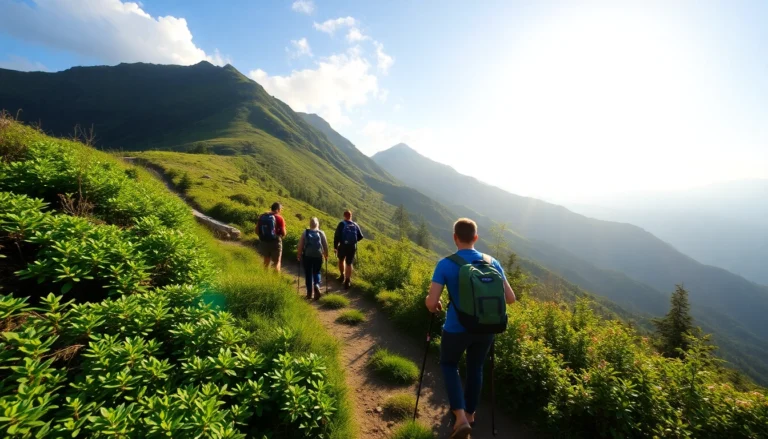Understanding Trek: Definition and Context
Embarking on a Trek often signifies more than just a journey; it embodies adventure, perseverance, and discovery. Whether exploring remote mountain trails, dense forests, or cultural corridors, trekking has evolved into a multifaceted activity embraced worldwide. This comprehensive guide delves into the meaning, history, types, and strategic planning necessary to maximize your trekking experiences, especially within the vibrant landscapes of Indonesia and beyond.
What Is a Trek? Origins and Meaning
The term ‘trek’ originates from the Afrikaans word ‘trek,’ meaning a long journey or migration, especially one that is arduous or difficult. Historically, it referred to the large-scale movement of settlers or indigenous tribes across challenging terrains, often with considerable physical and logistical hardships. Over time, the concept has transcended its geographic roots to embody any extended, demanding journey.
In modern usage, a trek typically refers to an extended outdoor journey through terrains that test physical endurance and mental resilience. The Merriam-Webster dictionary defines a trek as “a trip or movement especially when involving difficulties or complex organization,” emphasizing the journey’s challenging nature. Similarly, Cambridge Dictionary describes a trek as “a walk that is long and difficult or makes you very tired,” highlighting the physical demands involved.
From climbing Himalayan passes to traversing dense jungle trails, a trek involves strategic planning, stamina, and an adventurous spirit. The journey’s purpose varies—from exploring natural beauty and cultural heritage to personal growth and achieving physical milestones.
Recent Trends and Popular Trek Destinations Worldwide
In recent years, trekking has surged in popularity across regions, with travelers seeking authentic experiences away from crowded tourist spots. The rise of eco-tourism, responsible travel, and experiential adventures has fueled this trend.
Some of the most sought-after trekking destinations include:
- Mount Everest Base Camp, Nepal: The quintessential high-altitude trek, offering panoramic views of Everest and cultural immersion in Sherpa villages.
- The Inca Trail, Peru: A historic pathway leading through Incan ruins culminating at Machu Picchu, blending history and adventure.
- The Torres del Paine Circuit, Patagonia: A rugged Patagonian landscape showcasing glaciers, mountains, and lakes.
- The Kilimanjaro Route, Tanzania: The world’s highest freestanding mountain, accessible to hikers despite its formidable reputation.
- The Dolomites, Italy: Known for stunning mountain scenery, via ferrata routes, and picturesque alpine villages.
- The Baliem Valley Trek, Indonesia: An emerging destination rich in indigenous cultures, challenging terrains, and tropical climates.
Indonesia, particularly Bali and Lombok, has become increasingly popular due to its diverse landscapes, volcanic terrains, and authentic cultural experiences, making it an excellent destination for seasoned trekkers and beginners alike.
Planning Your Trek: Tips and Best Practices
Choosing the Right Trekking Gear and Equipment
Successful treks hinge on appropriate gear tailored to terrain, climate, and duration. Investing in quality equipment minimizes risks and enhances comfort, enabling you to focus on the journey itself.
- Footwear: Durable, waterproof hiking boots with ankle support reduce injuries and fatigue. Break them in beforehand.
- Clothing: Layered clothing, moisture-wicking base layers, insulating mid-layers, and waterproof outer shells are essential for varying weather conditions.
- Backpack: Select a pack with adequate capacity, padded straps, and hydration compatibility. Proper fit prevents back strain.
- Sleeping Gear: Lightweight sleeping bags suitable for expected temperatures, sleeping mats, and tents if camping.
- Navigation and Safety: Maps, compass, GPS devices, headlamps, and first-aid kits.
- Additional essentials: Trekking poles, sunglasses, sunblock, insect repellent, and sufficient food and water supplies.
Remember, packing light yet comprehensively is crucial. Overloading hampers mobility, while missing vital gear compromises safety. Consulting specific gear checklists for your destination, such as those recommended for Indonesian jungles or high mountains, ensures preparedness.















